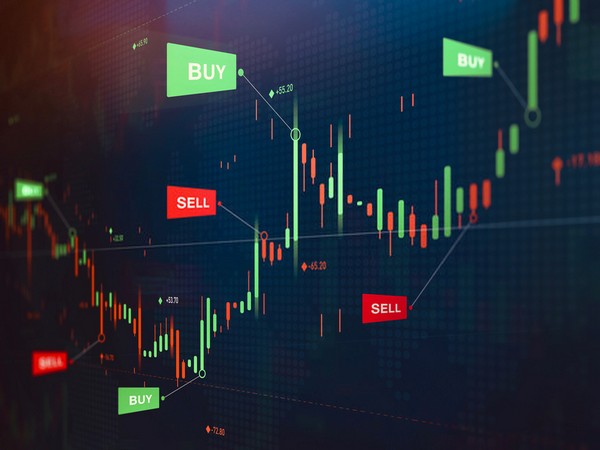When trading stocks in the Japanese market, the Elliott Wave Theory can predict how prices trend vertical movement rather than horizontal trading. The basics of stock price movements are outlined below.
Elliott wave theory breaks down large price fluctuations into five waves, each responsible for roughly 90% of all upward or downward movements. It also happens that these five waves break down further into another three waves called sub-waves. To illustrate this point, here’s a 5+3 combination:
Three different patterns emerge when applying the Elliott Wave Theory to stocks (shown above), and one needs to recognize them if he hopes to make any money off his investments in Japan.
I will now go over each pattern along with its implications for trading. If you want to connect with reputable stockbrokers in Japan you can also follow Saxo for more information.
The first pattern is called an impulse wave
It is characterized by five sub-waves, with the only variation being their direction (the arrows). The five sub-waves move in an unopposed direction, which means that all five waves are moving up or all three waves are moving down.
Since there’s little to no resistance to stop any of these sub-waves from progressing further, this type of movement leads to explosive price movements over short periods. After this burst in activity comes the corrective phase, where prices consolidate sideways before another upwards/downwards surge occurs.
How to take advantage of this pattern? If the trader is confident about the prospects of a given Japanese stock, he can buy on impulse wave 1and sell on impulse wave 5 (purely speculative, of course). If the stock goes down, one should cut his losses.
Another possible way to benefit from this pattern is to set up a long/short position where you are selling an instrument that is trending upwards or buying something that is trending downwards.
For example, if you think that a particular Japanese stock price will drop further over the next couple of days, then buy some put options for it using the money you would have otherwise used to buy it outright.
Alternatively, if you believe the price will rise again after taking a brief pause for consolidation at some level within an impulsive sub-wave, then go ahead and buy call options on it with your risk capital instead of buying the stock itself.
The second pattern is known as an expanding wave
It is characterized by five sub-waves where all three move in an unopposed direction (up or down). It means that there are no consolidation phases present within each impulse.
Such price movements happen slowly over more extended periods with less dramatic price shifts than impulsive waves, but this provides one with more opportunities to buy low and sell high. Since prices move slower over more extended periods, it becomes easier for contrarian traders to spot support/resistance levels on a given Japanese stock chart.
When the price comes close enough to these lines, take some money off the table by selling call options or buying put options, depending on which one you are bearish or bullish about. The third pattern is called a sideways wave, which occurs after an expanding wave has gone through its corrective phase.
Sometimes this sideways movement can be pretty violent and go on for months due to the presence of “swing points” and other chart patterns that I will not go into detail about here because they’re beyond the scope of this article.
Since these waves move sideways over very long periods, one should focus on trading them rather than entering into any positions where he hopes to benefit from short-term fluctuations in prices (this includes impulsive and consolidative waves).
The fourth pattern is a contracting wave
This wave is characterized by five sub-waves where only two are moving unopposed (up or down). Since the first two waves are corrective, they are bound to have some form of support levels within them.
Thus, one can buy on wave A and sell on wave C for higher profits. The last phase of contracting waves is a diagonal triangle that occurs after the corrective stage, where prices consolidate sideways over some time before heading up or down again (i.e., yet another impulse wave follows).
Suppose one correctly predicts where the price will go after this consolidation. In that case, he can make a lot more money than if he observed these patterns from above without knowing anything about them beforehand.
The fifth and pattern is called an ending diagonal triangle
It occurs during the latter stages of a contracting wave. There are two possibilities: either the price will fall through the support line and trigger an impulse downwards or break above the resistance line and eventually end in a full-blown impulsive wave.
The Elliott Wave Theory is one of many tools traders can use to predict future movements within the market. If you plan on using other strategies alongside this one, then make sure that you understand how they work individually before combining them into a single trading strategy.
It is also recommended to backtest your findings before putting real money on the line because nobody knows precisely what will happen in financial markets except God himself.





